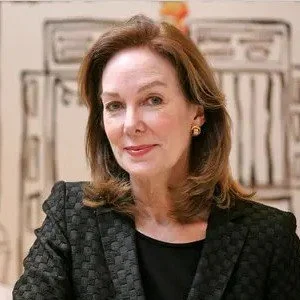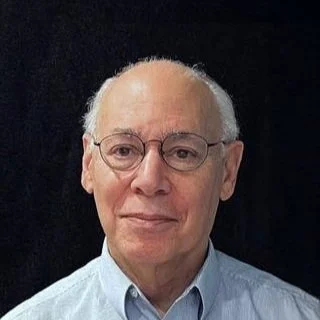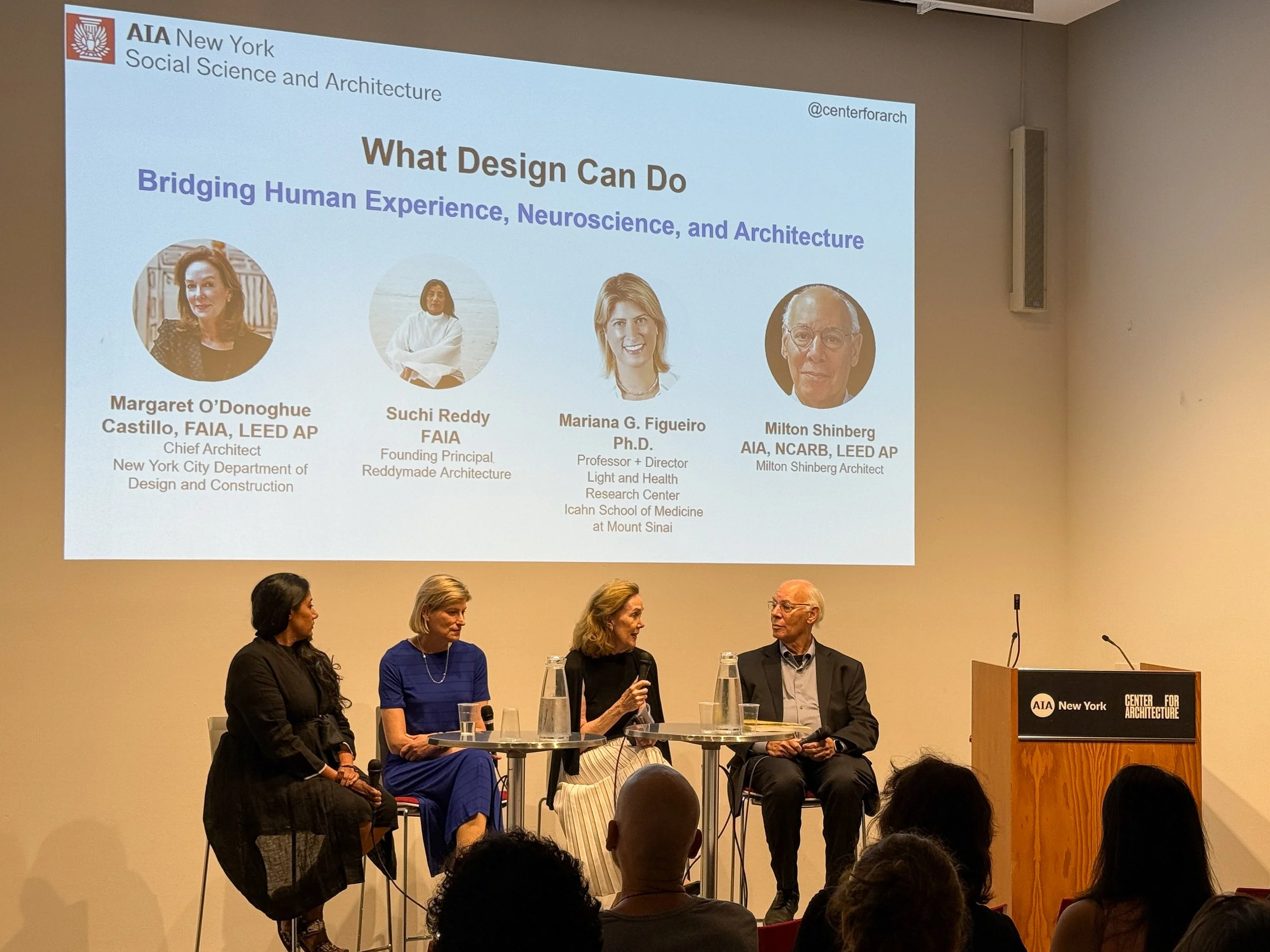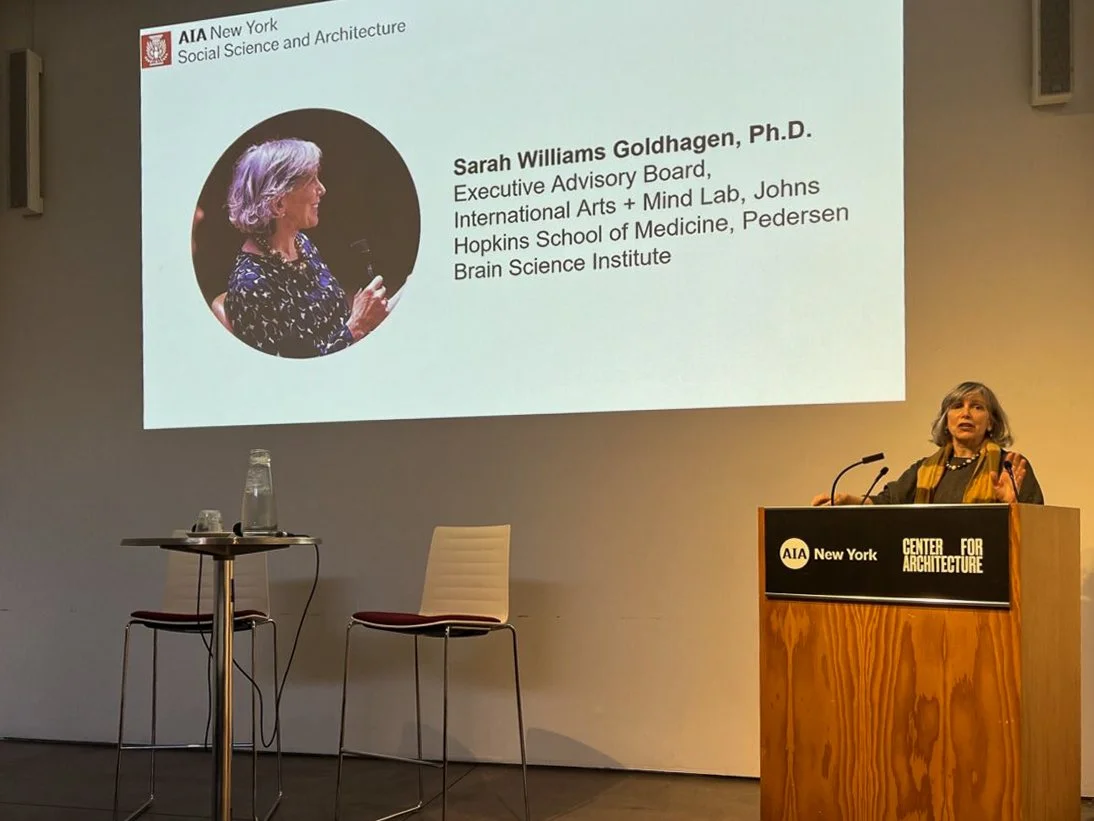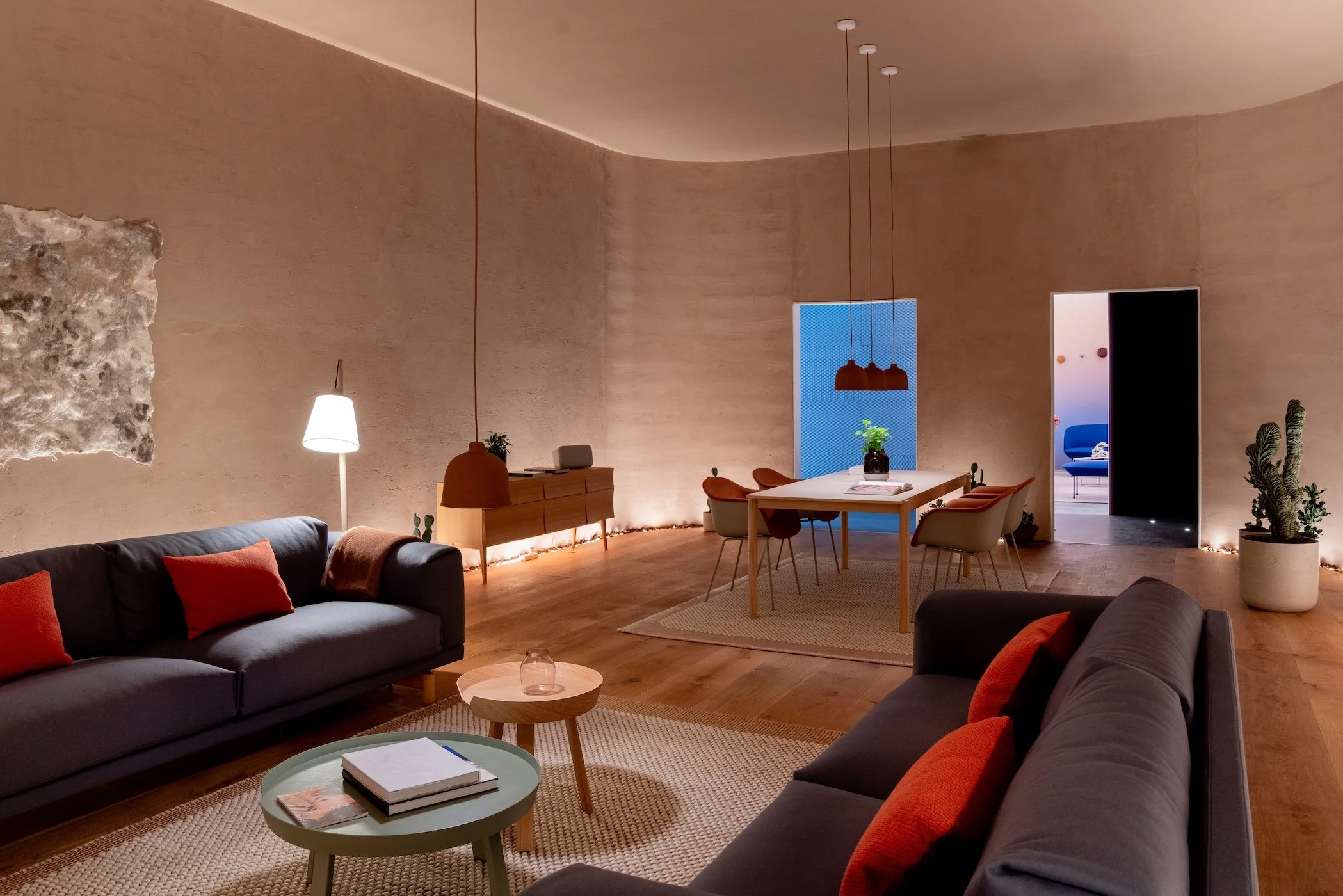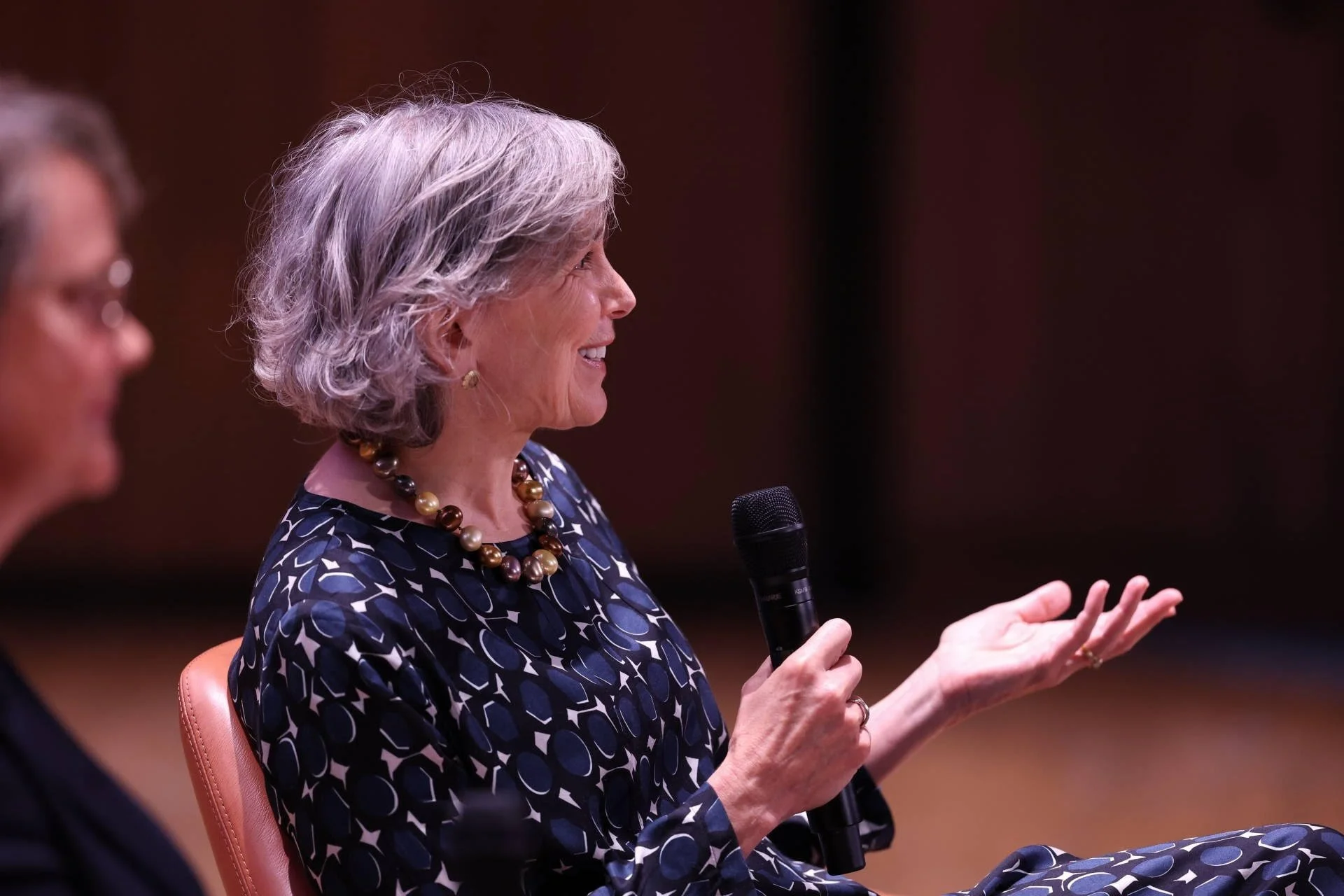
The news of
WHAT DESIGN CAN DO
Stay informed with the latest updates, news, and events. This section provides regular updates on key developments, upcoming events, and insights relevant to our work. Check back frequently for new announcements and important information.
OUR EVENTS

Webinar. The Architecture of Resonance with Sarah Robinson
The Architecture of Resonance: from Objects to Interactions
The webinar and the presentation of the new book by Sarah Robinson
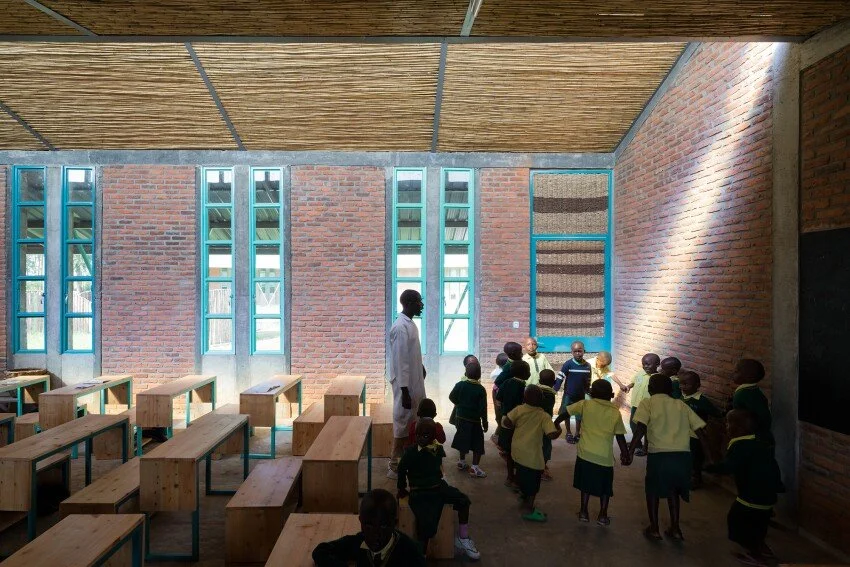
Webinar. What Design and Designers Can Do
Milton Shinberg, AIA, will share insights and unconventional approaches for architects to seek and find ways, including strategies to help their designs resonate with people’s deep needs for human and humane spaces and places.

Webinar. The Launch of Spanish version of What Design Can Do
(Español) Alba Méndez y Yohanny Albornoz nos presentan la versión en español de What Design Can Do, una película que llega en un momento clave para el mundo de la arquitectura y el diseño. Hoy más que nunca, vivimos un cambio de paradigma: los espacios que habitamos ya no pueden entenderse solo desde la estética o la funcionalidad, sino como herramientas poderosas para mejorar la vida de las personas y responder a los retos sociales y ecológicos de nuestro tiempo.
En este contexto, es fundamental ampliar el acceso a contenido de impacto: conocimiento riguroso, accesible y transformador que nos ayude a pensar y construir entornos más humanos. El trabajo desarrollado por Sarah Robinson y Sarah Williams Goldhagen es una de esas piezas que merece ser compartida ampliamente. A través de evidencias, experiencias y enfoques interdisciplinarios, esta película demuestra el potencial del diseño consciente para generar bienestar, pertenencia y salud.
La traducción al español no es solo un acto lingüístico, sino también un acto de apertura. Es una invitación a que más personas, en más territorios y desde más realidades, puedan formar parte de esta conversación global. Un paso más para seguir impulsando un diseño que cuida, conecta y transforma.
(English) Alba Méndez and Yohanny Albornoz present the Spanish version of What Design Can Do, a film that arrives at a key moment for the fields of architecture and design. Now more than ever, we are experiencing a paradigm shift: the spaces we inhabit can no longer be understood solely through aesthetics or function, but as powerful tools to improve people’s lives and respond to the social and ecological challenges of our time.
In this context, it is essential to broaden access to impactful content— knowledge that is rigorous, accessible, and capable of driving real transformation in how we conceive and shape our built environments. The work developed by Sarah Robinson and Sarah Williams Goldhagen is one of those rare pieces that deserves to be widely shared. Through evidence, lived experience, and interdisciplinary insight, this film demonstrates the potential of conscious design to foster wellbeing, belonging, and health.
Translating the film into Spanish is not just a linguistic act — it is a gesture of openness. It is an invitation for more people, in more regions and from more diverse realities, to take part in this global conversation. A step forward in continuing to promote a kind of design that heals, connects, and transforms.
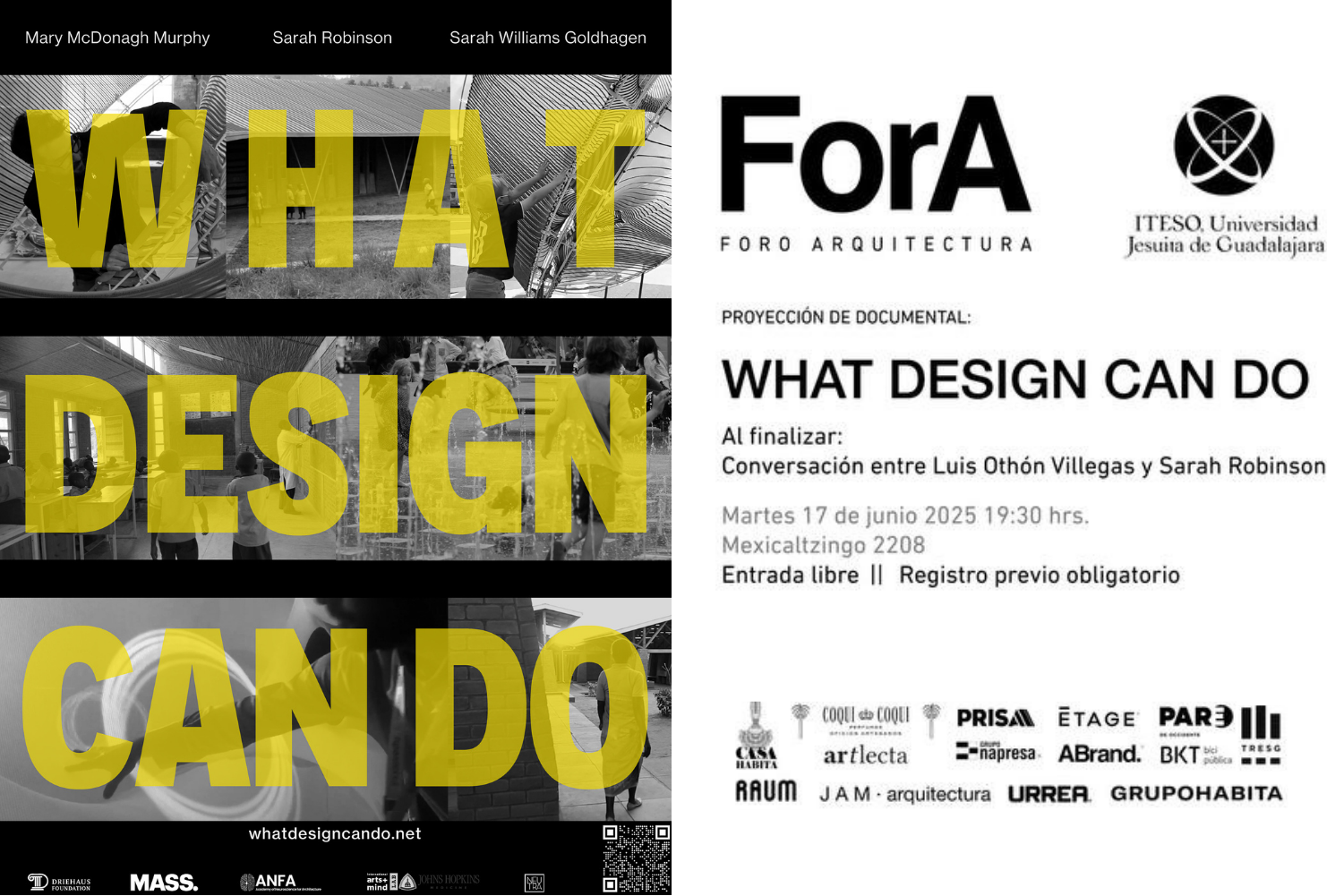
The screening of the film What Design Can Do
The screening of the film What Design Can Do will take place at @foro_arquitectura in Guadalajara, Mexico. The film will be followed by conversation with Sarah Robinson and Luis Othón Villegas
🗓️ June 17, 19:30
📍 Mexicaltzingo 2208, Guadalajara, Mexico
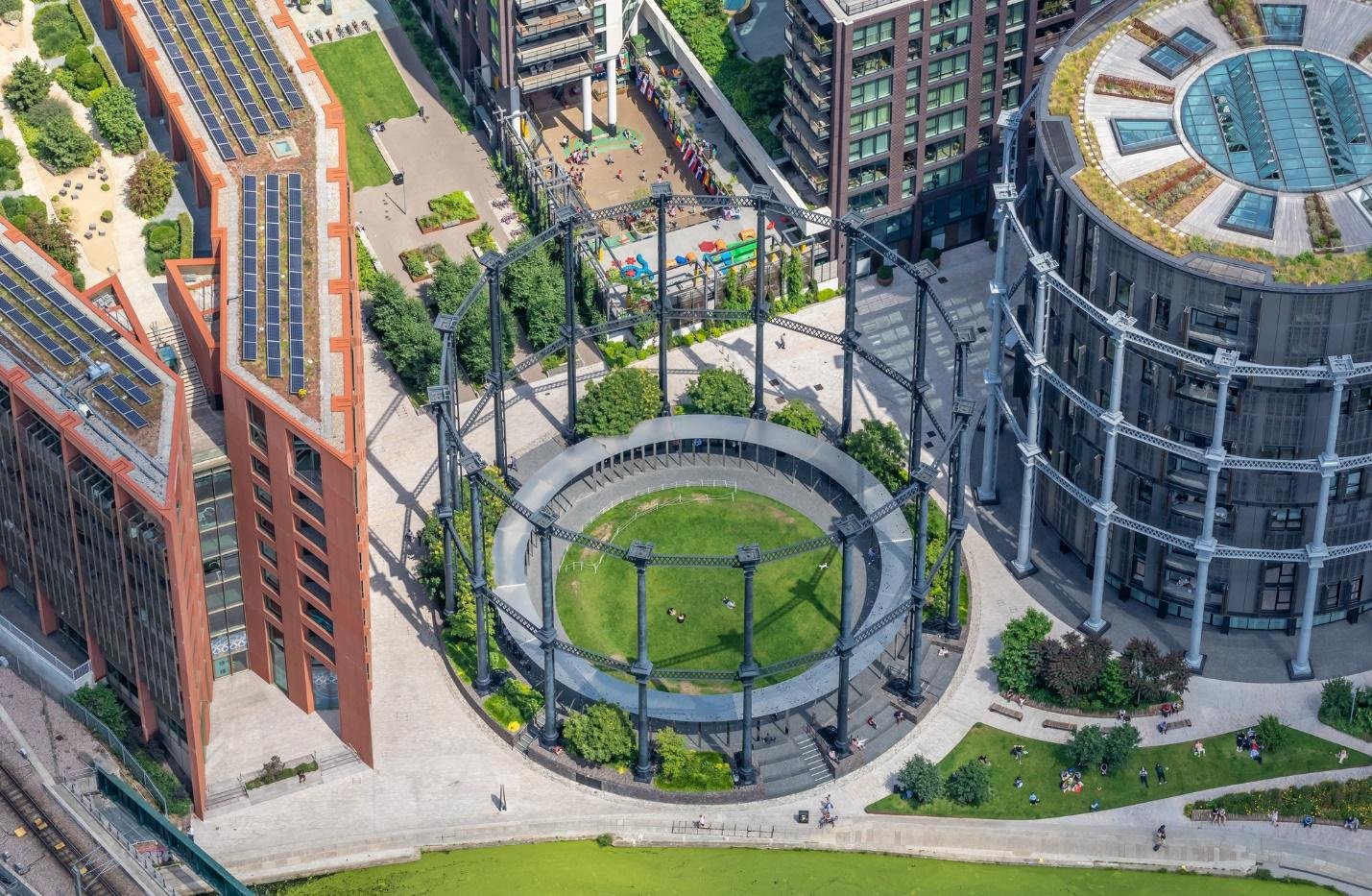
Webinar. The Architecture of Capital: Who Really Shapes Our Cities?
Webinar synopsis: Architecture and urban development do not emerge in a vacuum. While architects are increasingly trained to consider human perception, embodiment, and behavior in their designs, the reality is that what gets built, who it serves, and how it looks are dictated by forces outside of architecture itself. Real estate developers, public institutions, and planners - those who finance, approve, and execute projects - operate within a system where capital, rather than human or ecological needs, is the primary driver.
Speaker Bio: Sophie Schuller, PhD researcher, Educator and Built Environmental Advisor, will examine the systemic misalignment between architectural ambition and development realities, questioning why insights from neuroscience, psychology, and human experience - now central to architectural discourse - remain absent from real estate decision-making. She will explore how capital markets, valuation systems, and financial mechanisms shape what gets built and how, and what steps can be taken to shift these paradigms.

Neuroscience and Design: Viewing & Conversation
The presentation of the film What Design Can Do will take place during the first lecture of the Executive Course in Neuroscience and Design 2025.
Sarah Williams Goldhagen, Sarah Robinson, and Davide Ruzzon will host a viewing and conversation about the film. The event is open to all, whether you are a POLI.design student or not, and will be held at Bovisa Campus in Milan, Room B2 0.1, on February 21st at 2:00 PM (CET).
OUR NEWS
July 17
What Design Can Do for Human Health and Community Wellbeing: a three-part series at the Center for Architecture (AIA New York)
On July 17, the AIANY Social Science and Architecture Committee hosted the second event in its three-part series What Design Can Do: Bridging Human Experience, Neuroscience, and Architecture.
The discussion was moderated by Margaret O’Donoghue Castillo, FAIA, LEED AP (Chief Architect, New York City Department of Design and Construction), and brought together speakers from diverse fields- including design, development, academic research, and government agencies:
Mariana G. Figueiro, Ph.D. (Professor, Mount Sinai)
Suchi Reddy, FAIA (Founding Principal, Reddymade Architecture)
Milton Shinberg, AIA, NCARB, LEED AP (Milton Shinberg Architect)
Suchi Reddy Mariana G. Figueiro Margaret O’Donoghue Castillo Milton Shinberg
Building on the themes introduced in the film What Design Can Do, the panelists explored the critical role of architects, social scientists, and allied professionals in centering the human experience within the design process. The discussion addressed current challenges, uncovered opportunities for innovation, and offered actionable strategies for creating healthier, more equitable environments through collaborative design.
The recording of the event is already available on the Center for Architecture website. You can also watch the recording of the first event in the series - featuring a discussion and Q&A with Sarah Williams Goldhagen, moderated by Ian Wach.
Stay tuned for the third and final event in the series, coming this fall!
Sarah Williams Goldhagen speaking at the first event of the series
Images source: https://www.aiany.org
April 28
Neuroaesthetics Has Been Around for 25 Years. Are Architects Paying Attention Yet?
Neuroaesthetics is gaining momentum in architecture and design, bringing scientific insights into how our built environments shape our well-being, emotions, and behavior. In a recent article in Untapped, Diana Budds explores how this 25-year-old field is finally influencing mainstream design thinking, with growing support from both researchers and practitioners.
The article highlights insights from prominent thinkers, including architecture critic and author Sarah Williams Goldhagen, who argues that we don’t realize that our environments are having the profound impact on us - and this happens because we don’t know enough about how human experience works. Also featured are architect Suchi Reddy, who applies neuroaesthetics with her “form follows feeling” approach; Susan Magsamen, founder and executive director of the Arts+Mind Lab at Johns Hopkins University; neuroscientist Colin Ellard, author of Places of the Heart: The Psychogeography of Everyday Life; and Khoi Vo, the CEO of the American Society of Interior Designers, among others.
Despite its promise, the field still faces resistance. Most architecture schools are hesitant to embrace neuroscience-informed approaches, and market-driven real estate often avoids human-centered design principles. Yet, this attitude is changing. As awareness around mental health and inclusion grows - so does the demand for spaces designed with human well-being in mind.
For anyone interested in neuroaesthetics - and how its concepts are being applied in real life - the article is an essential and inspiring read.
Image source: https://www.untappedjournal.com/contributors/diana-budds
“When you dig deeper and find that there are physiological and cognitive components to a given design, then it’s harder to make the argument that it’s a luxury good. They become something that everybody should get.”
- Sarah Williams Goldhagen
April 24
WHAT DESIGN CAN DO wins 3rd Place at FOLCS International Short Film Competition
We’re proud to share that WHAT DESIGN CAN DO has been awarded 3rd place at the FOLCS International Short Film Competition.
Hosted by the Forum on Life, Culture & Society (FOLCS), this annual International Short Film Competition invites filmmakers from around the world to explore the relationship between law, justice, and society by creating original short films. From documentaries to dramas, animations to comedies, the competition is open to all film genres that express the struggles and injustices that humanity faces, and the noble pursuit and moral imperative of justice.
We’re thrilled to see the message of our film resonate on such an impactful platform. A huge thank you to the FOLCS jury for this recognition - let’s keep telling stories that matter!
April 21
How Baukultur can help build human-centred habitats
How can we build cities and spaces that truly support human well-being? A new article published by the World Economic Forum explores this question through the lens of the Davos Baukultur Alliance initiated by the Swiss Government in collaboration with the World Economic Forum. Based on the concept of baukultur ('building culture'), it promotes a holistic approach to designing, building and maintaining human habitats - the one that integrates local context, cultural values, and emotional experience into the design of our built environments.
The article features insights from architecture critic and author Sarah Williams Goldhagen, who draws on cognitive neuroscience and environmental psychology to argue that the design of our environments profoundly shapes our thoughts, emotions, and social lives.
The article also includes an example of these ideas being applied in practice: In Bandung, Indonesia, young people transformed a neglected space beneath a city flyover into a vibrant, inclusive public hub - illustrating how community-led placemaking can reclaim infrastructure and foster local empowerment.
February 9
The Power of What Design Can Do: the film and new website now live!
We are thrilled to announce the online release of our documentary film and the launch of our new website!
Thank you for being part of our journey. We can’t wait to hear your thoughts and ideas!




